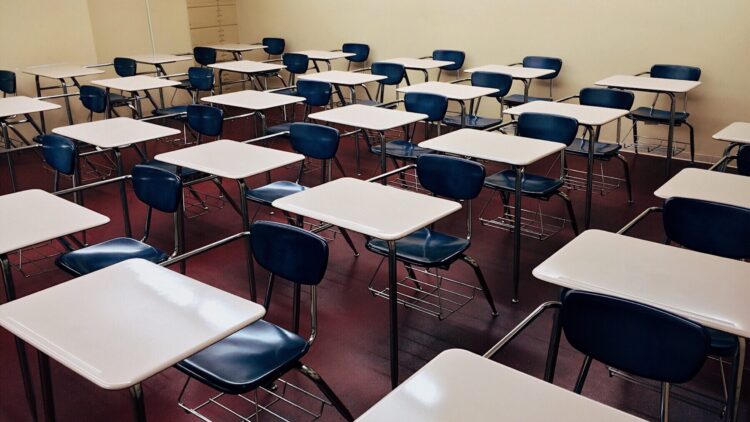In DC and around the country, public school enrollment has declined as a result of the COVID-19 pandemic. This could lead to learning loss long-term harm to students’ economic well-being. Enrollment declines could also have significant fiscal implications for school budgets.
At the start of this school year, DC Public Schools (DCPS) and DC public charter schools had enrolled about 20,000 fewer students than last school year. Both sectors have made significant progress towards increasing enrollment over the past several weeks; as of this month, the city has enrolled about 500 fewer students than were enrolled at the same time last year. However, since DCPS and public charter Local Education Agencies (LEAs) are paid based on the number of enrolled students, 500 fewer students represents a loss of at least $5.6 million for the public school system as a whole. It is unclear how the city will use those savings.
The Digital Divide and Economic Insecurity Likely Fueled Enrollment Declines
Public school enrollment likely declined in DC due to challenges with technology, confusion about virtual learning, and economic hardship as a result of the pandemic.
In typical years, parents can enroll in person at their child’s school. With much of the process moving online, some parents did not have access to the technology to scan or take pictures of their documents to verify DC residence. The city was slow to provide internet access for all who need it, and prekindergarten students in DCPS did not receive devices until well into the school year. Virtual learning is not developmentally ideal for young students, and education is not compulsory in DC until age five.
Many families, especially Black and brown families, have been thrown into poverty as a result of the pandemic. Half of DC children living in renter households are behind on rent, not getting enough to eat, or both, recent census data show. The harm of the pandemic is particularly prevalent among Black, Latinx, and immigrant households. The disproportionate harm reflect harsh, longstanding inequities—often stemming from structural racism—in education, employment, housing, and health care that the current crisis is exacerbating.
Learning Loss is a Racial Equity Emergency
The abrupt switch to remote learning will likely lead to steep learning loss and wipe out academic gains for many students and widen racial and economic gaps. Even before the pandemic, DC had large opportunity disparities between white students and students of color, again reflecting structural racism. In 2019, white students were more than twice as likely to test at proficient levels than Black and Latinx students.
Several recent reports have detailed potential learning loss models as a result of the pandemic, and it’s clear that economically disadvantaged students are likely to experience more learning loss. Researchers at Brown and Harvard found that through late April, across the nation, student progress in math decreased by about half in classrooms located in low-income ZIP codes, by a third in classrooms in middle-income ZIP codes and not at all in classrooms in high-income ZIP codes. The average student could fall seven months behind academically, while Black and Latinx students could experience even greater learning losses, equivalent to 10 months for Black children and nine months for Latinx children, according to researchers at McKinsey & Company. DCPS has already reported steep learning loss in the current school year, particularly among young students.
DC is Making Progress, but More Should be Done to Address the Urgent Needs of Students
DC school officials should be commended for their Herculean efforts to reach the parents and families of unenrolled students during this unprecedented economic and public health crisis. DCPS employees are conducting phone banks, and staffers at some charter campuses have made home visits with computers and hotspots to enroll families. Schools have called, sent personalized letters and hosted virtual open houses to remind families to register.
Several charter campuses have started to offer in-person instruction and DCPS plans to open elementary schools for 7,000 elementary students at risk for academic failure back to classrooms on November 9. Under the plan, another 14,000 students will return to their elementary campuses to continue virtual learning.
Although DCPS is expected to open its elementary schools in less than two weeks, the school district and the Washington Teachers’ Union have yet to reach an agreement on how to reopen safely. It is imperative that DCPS restore confidence by collaborating with educators and families on their reopening plans and give stakeholders the opportunity to testify at hearings on these topics. The city should also provide weekly COVID-19 tests for all teachers and students who return to school. School reopening and the city’s continuing response to the COVID-19 pandemic should reflect a priority to support and protect those who have been most harmed.

